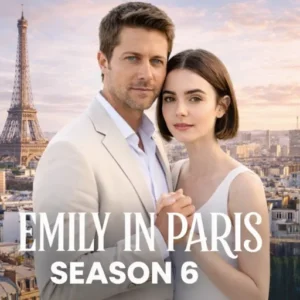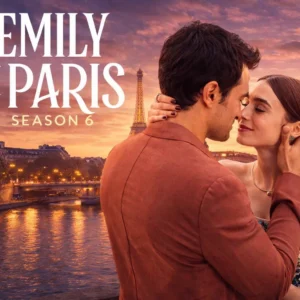The MCU has been an exceptional success, but even Marvel isn’t perfect. By adapting popular stories, its ruined some great characters.
The Marvel Cinematic Universe has been an exceptional success, but even the multi-billion franchise isn’t perfect when it comes to adapting the comics. Some MCU depictions of certain heroes and villains disappointed fans, while others actually rescued otherwise problematic and long-forgotten characters from obscurity.
Marvel’s characters date back to 1939, but in 2008, several mainstays graced the silver screen in the MCU. Over time, the MCU managed to improve established characters like Thor and Spider-Man by moving them beyond what had come before. Conversely, heroes like Hank Pym and Quicksilver didn’t meet expectations. The MCU changed the canon forever, but not every risk it took worked out. Here’s a look at which characters benefited from the MCU, and which were left wanting more.
Characters The MCU Failed
The Mandarin Became a Literal Joke
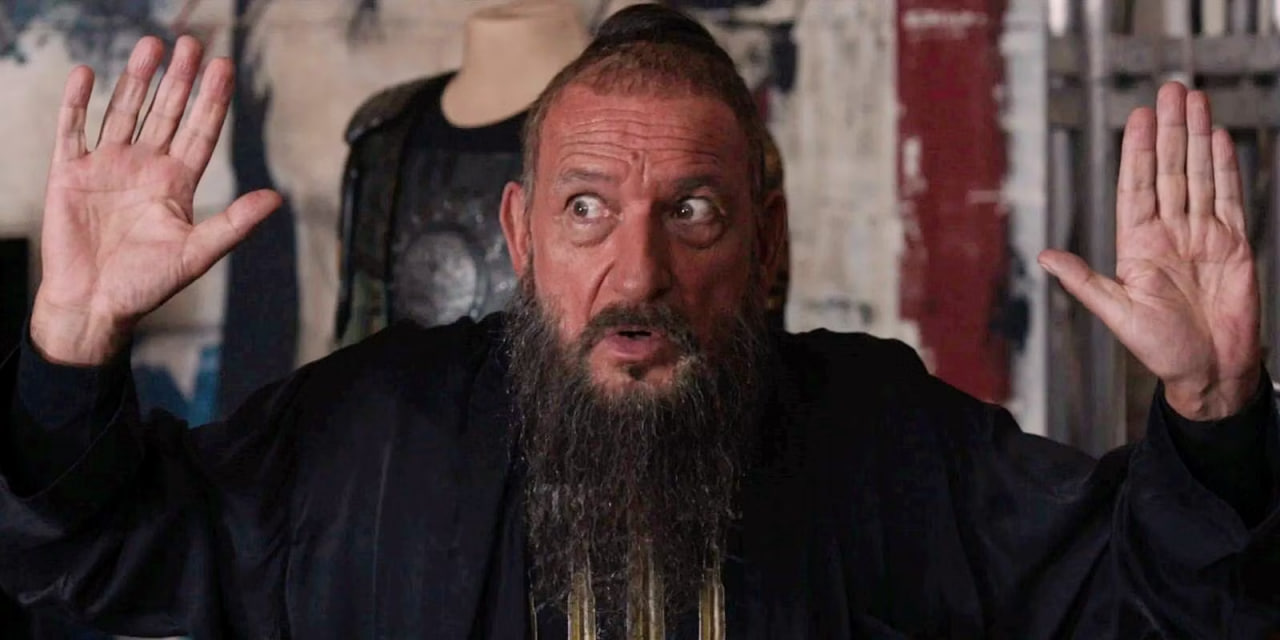
When the trailers and commercials for Iron Man 3 aired, it looked like the great Sir Ben Kingsley was perfectly cast as Iron Man’s nemesis, The Mandarin. In the comics, this sci-fi warlord was the leader of the Ten Rings (introduced to the MCU in the first Iron Man). He was often depicted as an arrogant villain who used extreme violence to take what he wanted.
However, Iron Man 3’s apparent villain was actually the actor Trevor Slattery portraying a character. He was hired by Aldrich Killian in a complicated revenge scheme. This twist fell flat. Slattery is tons of fun — and Kingsley has returned to the part with glee — but The Mandarin wasn’t supposed to be a joke villain. What’s more, Killian being the “real Mandarin” was a weak follow-up to Slattery’s twist, and proved far less memorable than his ostensible stooge. It took Shang-Chi and the Legend of the Ten Rings to finally deliver the arch-villain after eight years of existing as another character’s punchline.
Quicksilver Couldn’t Compete with the X-Men’s Version
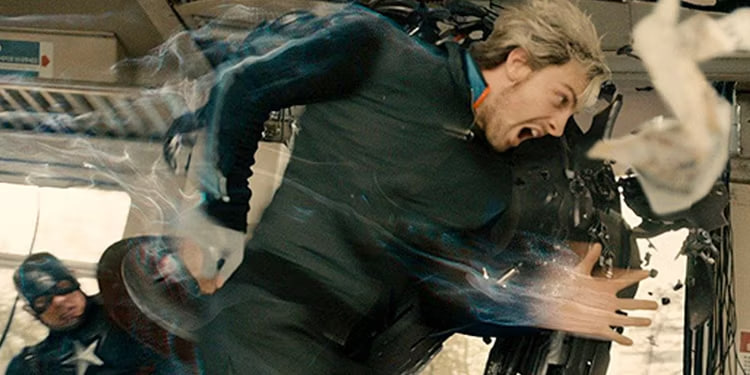
The fact that X-Men: Days of Future Past came out at the same time as Avengers: Age of Ultron didn’t help Pietro’s MCU debut. At the time, Fox’s X-Men movies were hit or miss, but they hit a home run with their depiction of Quicksilver. Aaron Taylor-Johnson wasn’t a bad actor, but his Quicksilver felt underdeveloped compared to Evan Peter’s Quicksilver in X-Men. He also had to compete for attention in a very full movie, making it harder for him to stand out.
Peters was charming and owned his memorable musical super speed scene, which earned him an equally memorable curtain call when he saves everyone from an explosion in X-Men-Apocalypse. Although Evan Peters appeared in WandaVision, he didn’t return as Quicksilver. Instead, he was the bumbling actor Ralph Bohner, which left fans cold and the character’s status in the MCU an open question mark. The MCU missed many opportunities with Quicksilver, and even with the Multiverse in play, he’s probably not going to make a return.
Hank Pym Couldn’t Grow Out of the Mentor Role
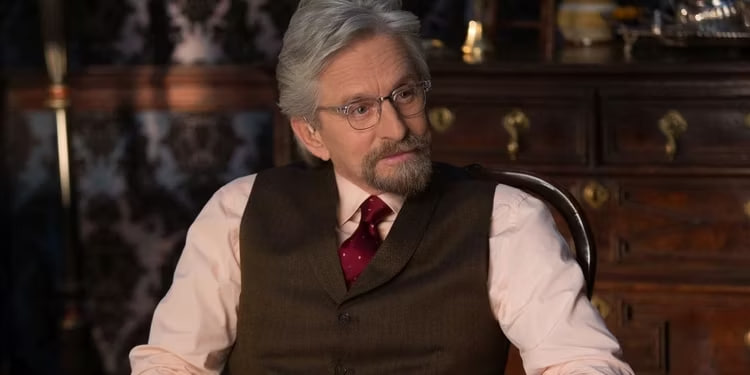
The MCU introduced Hank Pym and Scott Lang together in the first Ant-Man. The current Ant-Man, Scott, was funny, smart, and charming. Paul Rudd portrayed him wonderfully, but Hank Pym was the original Ant-Man in the comics and the MCU’s backstory. Michael Douglas gave a good performance, but it still felt like the Marvel Cinematic Universe ruined Hank.
Hank’s personality and ego should rival Tony Stark’s. He was a strong-headed, wise-cracking genius who was arrogant and unlikable. He even assaulted his wife. There’s no need to go down that road, but adding some of the problematic comic book Hank’s fiery, conflicted spirit would make his MCU version more than a stereotypical and curmudgeonly scientist. As it stands, he becomes little more than a stock mentor, while wasting an otherwise great bit of casting with Douglas.
Hawkeye’s Big Boost Came Too Late
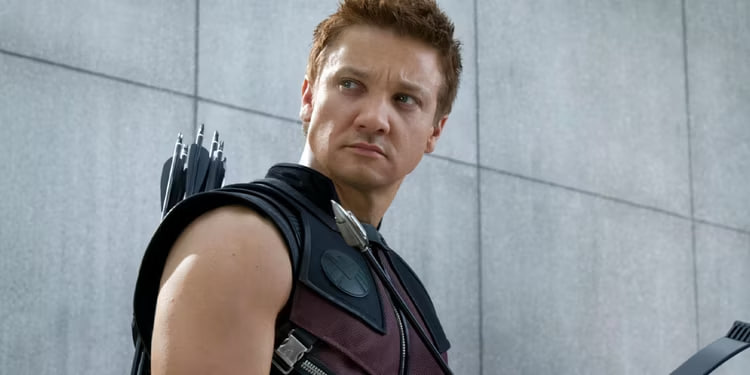
He may only have a bow and arrow, but Hawkeye was a great founding Avenger, a master spy and a world-class hero who was trained in countless fighting styles. However, his first MCU appearance was a cameo in Thor talking with Agent Coulson. In The Avengers, he got mind-controlled and fought alongside the villain for most of the movie. That slow start proved very hard to shake, even when the franchise started to make up for lost ground.
Hawkeye finally broke out in Age of Ultron, but even with some funny moments and his family, he didn’t feel like a fully developed character. He was completely left out of Infinity War and adopted the vengeful Ronin personality in Endgame. Disney+’s Hawkeye finally fleshed out the hero, but for fans who felt that Marvel ruined Hawkeye, it was too little, too late.
The Immortal Iron Fist Imploded on Takeoff
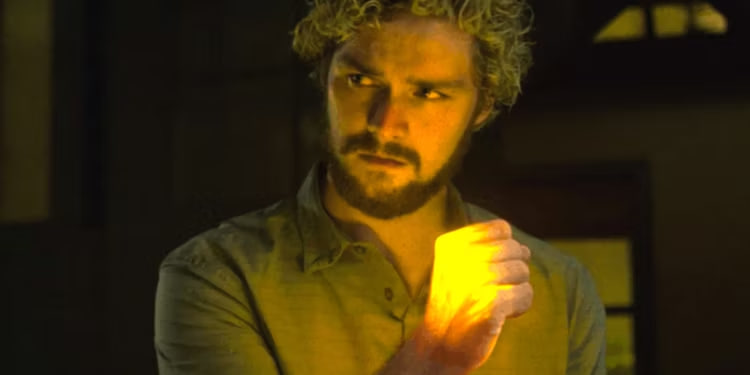
Marvel’s Netflix era was more divisive than its fans want to admit, but it undoubtedly dropped the ball with Iron Fist. Marvel ruined Danny Rand’s reputation and foreseeable live-action future with the questionable series. Not helping matters was how actor Finn Jones’ performance and fighting skills left a lot to be desired. It ultimately served as a drag on the remaining Marvel Netflix series, and by now has become an early low point in the franchise.
Jones lacked Danny’s charm and humor from the comics. It was also painfully clear that he needed more time and training to depict Danny’s expertise in martial arts. The MCU ruined the Immortal Iron Fist so much that he’s been practically buried and forgotten by the canon. Worse, he was all but replaced by Shang-Chi as the MCU’s resident martial artist: a development that is extremely unlikely to be reversed anytime soon.
Whiplash Got Lost in a Crowded Movie
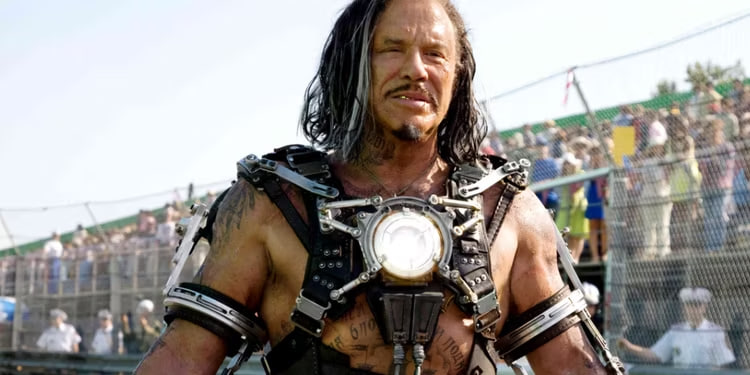
Mickey Rourke’s Whiplash in Iron Man 2 disappointed a lot of fans. He had a questionable Russian accent, and both of his Whiplash suits looked like downgrades compared to the ones in the comics. Worse, the story about Tony’s and Vanko’s fathers working together was confusing, especially since Vanko was never mentioned in the first film. Giving Whiplash a credible motive made sense, but it needed to be more coherent.
In the comics, Vanko’s father was killed by a stolen Iron Man suit, and he used its parts to build his own suit to attack Iron Man. A more straightforward revenge story could have played well in the MCU, and the idea of stolen Stark Industries tech would have raised the stakes. Whiplash is hardly Iron Man’s greatest villain, but he still deserved better.
Taskmaster Strayed Too Far from the Comics
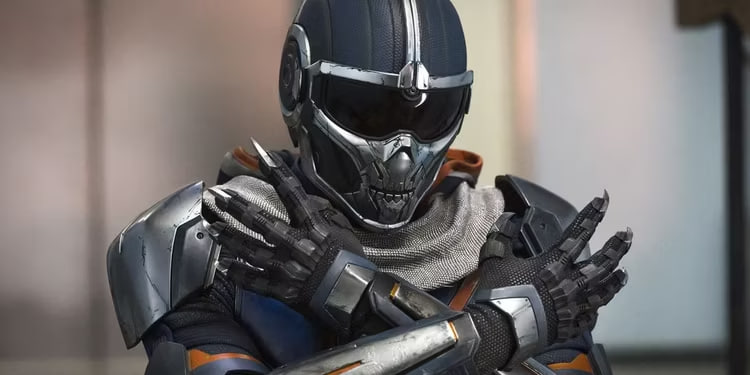
Black Widow’s interpretation of Taskmaster went down as one of the most contentious adaptational changes made by the MCU. This Taskmaster was Antonia Dreykov: Gen. Dreykov’s daughter who was brainwashed to become the ultimate assassin. Thanks to a computer chip lodged into her brain Taskmaster could perfectly copy her enemy’s attacks.
Conversely, the comics’ Taskmaster was the smart-mouthed, fan-favorite mercenary Anthony Masters. Gender-flipping Taskmaster wasn’t a bad idea, but Marvel ruined Taskmaster by excising everything that made him fun and memorable. The MCU Taskmaster was little more than a glorified lackey, whereas Masters was a properly fleshed-out villain. Considering how long it took for Black Widow to get a movie of her own, it’s disappointing that the villain didn’t have more pizzazz.
Black Widow Was a Supporting Character Too Often
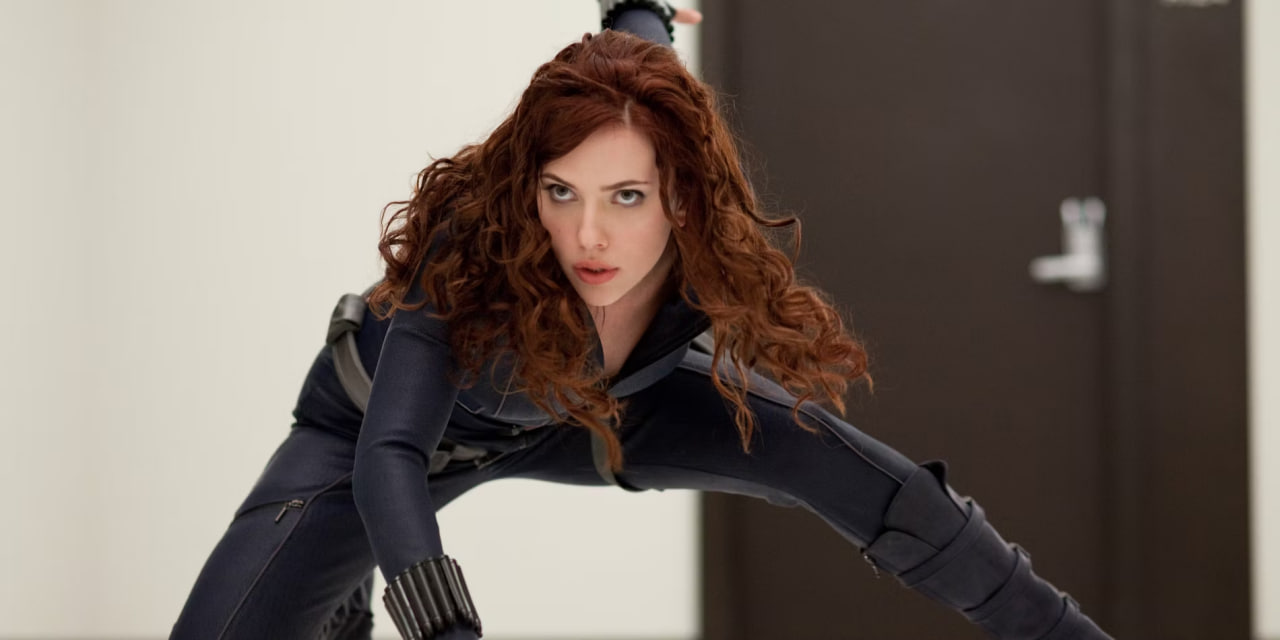
Black Widow was all over the place in the original comics. She appeared in major storylines like Secret Wars, and regularly worked with heroes like Daredevil and Spider-Man. Natasha fought alongside and against many characters to prove her worth. Ever since Black Widow: Deadly Origin, she earned many accolades from many Marvel fans.
And yet she always felt underdeveloped in the MCU: often relegated to sidekick status in another hero’s movie and rarely stepping out on her own. Black Widow did get a standalone movie in Phase 4, but it wasn’t enough to save her. In the MCU, Black Widow was a token femme fatale with random romantic subplots. Natasha sacrificing herself for the Soul Stone felt hollow, and ended any hope of real character development.
Nick Fury’s Solo Series Was Underwhelming
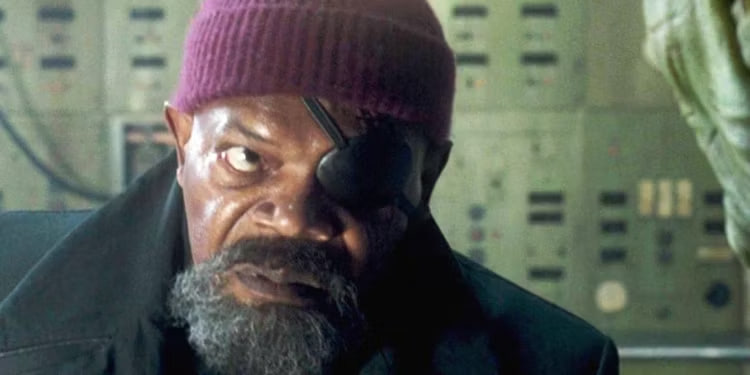
Legendary actor Samuel L. Jackson did a wonderful job as Nick Fury. Jackson combined his intense aura with his comic counterpart’s dry wit to become the MCU’s de facto leader. Fury made cameos across many movies and shows, and he finally got his own miniseries in Secret Invasion. However, Marvel ruined his character by then for many of the same reasons it ruined Black Widow.
From Phase 2 onwards, Fury’s presence was noticeably reduced to the point of insignificance. He became part of the support network, used to deliver plot exposition without anything of substance to offer beyond that. Secret Invasion felt aimless because Fury didn’t face accountability for his past sins, and he was too quickly absolved. The comics Fury was imperfect, but the comics did a better job of showing his complexity. The MCU barely used Fury before exiling him for too long.
Lady Sif Was All But Left Behind
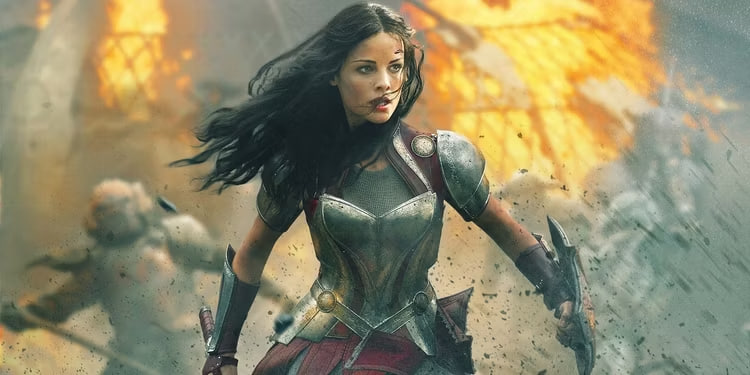
Lady Sif had a strong presence in the original comics. Originally, she was always recognized as one of Asgard’s strongest warriors. She gladly fought alongside Thor Odinson and was even his lover for a time. But in the MCU, the live-action Lady Sif felt like a pale imitation of the comics’ mythic hero. Marvel ruined Sif by making her a glorified cameo. She said and did very little in the Thor movies, much less the ensemble movies. She briefly appeared in Thor: Love and Thunder to lose to Gorr the God Butcher offscreen.
Only Loki showed some of her potential when the God of Mischief was trapped in a time loop, and Sif avenged her stolen hair ad infinitum. Worst of all, actor Jaimie Alexander proved how strong she could be in action roles by subsequently starring in Blindspot, a successful NBC crime drama that made far better use of her than the MCU could manage.
Characters The MCU Fixed
The Mandarin Finally Came into His Own
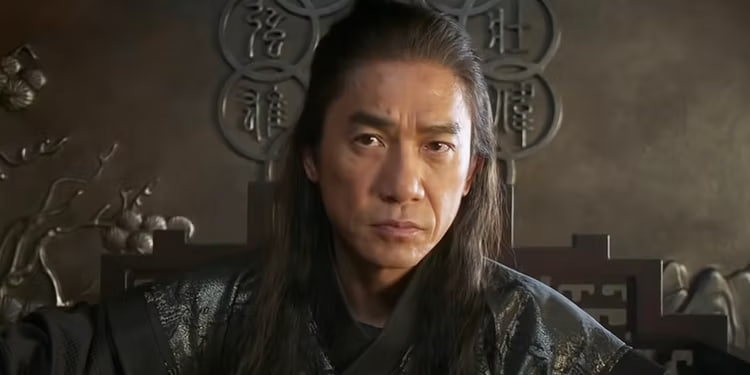
Because the comic Mandarin was a racist caricature of Chinese people, it made sense for Iron Man 3 to create a new character in his place. However, Marvel ruined his reputation by turning him into a decoy and a joke. To make up for this, Shang-Chi and the Legend of the Ten Rings introduced the more respectable Xu Wenwu.
Besides being an immortal warlord from ancient China, Xu Wenwu had nothing in common with the comic Mandarin. He was a warrior who left his bloody past to raise a family but was tricked by evil forces to return to his violent ways. The MCU Mandarin didn’t just fix Iron Man 3’s mockery; he reformed one of Marvel’s most problematic supervillains. And with Shang-Chi now a big part of the franchise, he may just come back for more.
Thor Grew in Leaps and Bounds Throughout The MCU
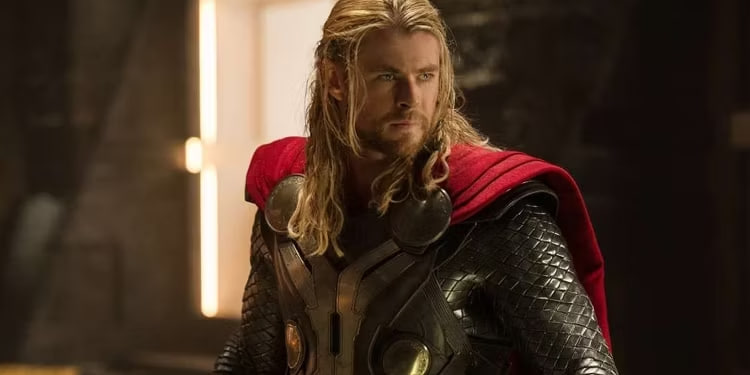
Thor has always been one of the most important members of the Avengers. As an Asgardian, Thor is one of the strongest Marvel characters alive. However, in early comics and non-MCU films like The Incredible Hulk Returns, Thor seemed cartoonish and spoke fake Elizabethan English. This was true to his depiction in the comics, but it was always too absurd.
Casting Chris Hemsworth was one of the best decisions the MCU ever made. The first Thor did a great job demonstrating the God of Thunder’s origins while keeping things simple and effective. He found his stride and humor in Thor: Ragnarok, then completely fell apart during Avengers: Endgame: making his return to form an act of personal redemption. Even after Love and Thunder split audiences, the MCU Thor remained one of the shared universe’s most beloved heroes, largely because of how far he’s come since his first appearance.
Steve Rogers Finally Became a Three-Dimensional Character
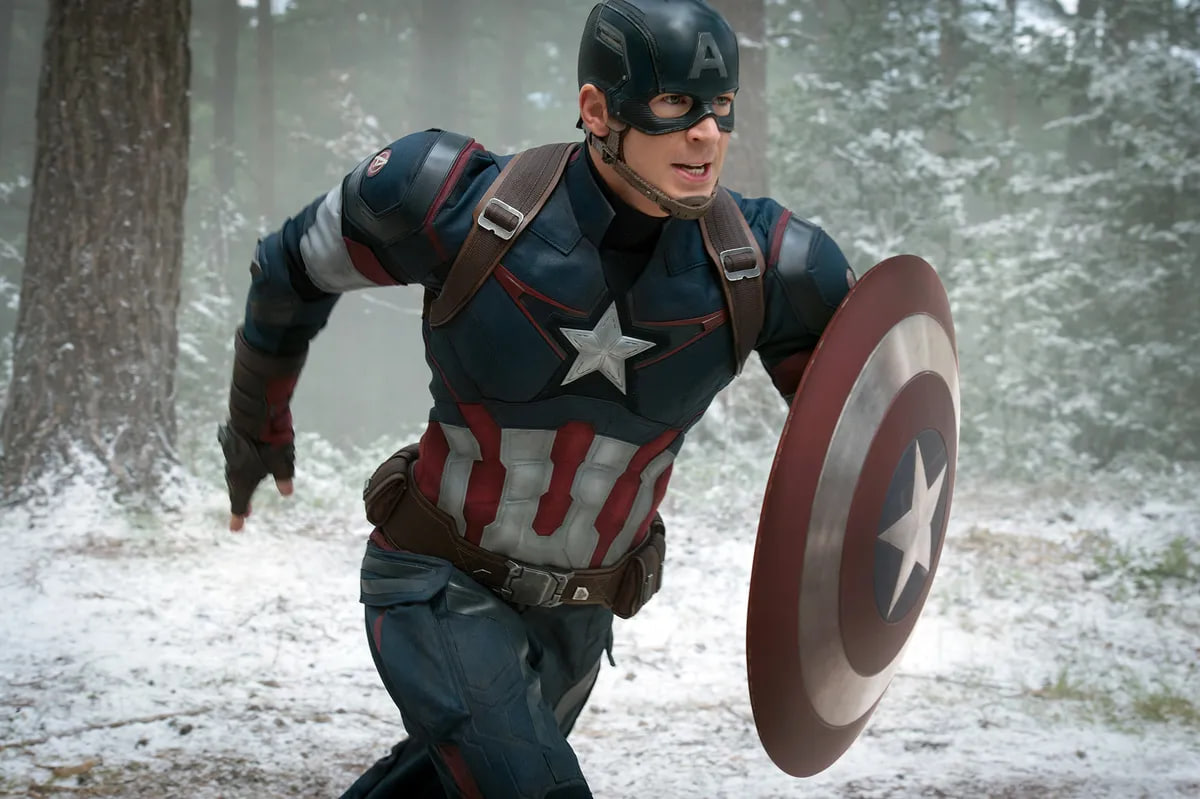
Much like Thor, Captain America was one of the most important and powerful heroes in Marvel history. But like Thor, Captain America wasn’t exactly the most compelling superhero. At his best, Captain America was an unmovable and one-dimensional leader. Captain America was better known as a groundbreaking symbol of the American ideal than a character. Boy Scouts can be very hard to humanize, especially one who hadn’t appeared many times outside the comics.
Just like how Chris Hemsworth perfectly embodied Thor, Chris Evans was Captain America. Evans played the vulnerable Steve Rogers perfectly and grew into his role throughout the MCU. Evans gave Captain America the kind of humanity that readers felt was lacking in the comics. Indeed, he never let audiences forget the scrawny little guy with the big heart he used to be: viewing even the likes of Thanos as another version of that loudmouth in the movie theater. This turned the MCU Captain America into the hero’s definitive depiction.
Yondu Udonta Found a Wider Audience
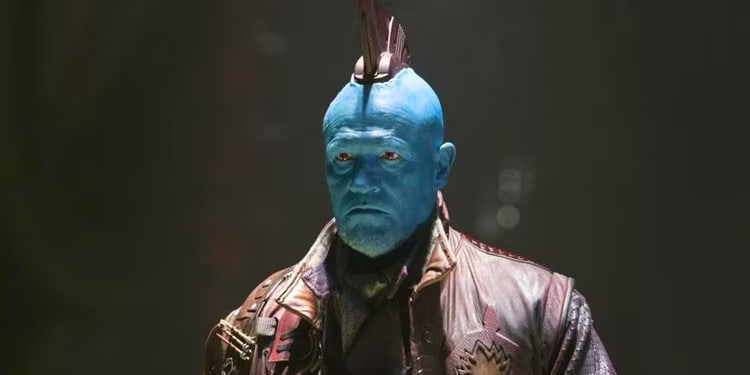
Guardians of the Galaxy was a bit of a head-scratcher for readers because the announced line-up wasn’t even the original group in the comics. The comics’ Yondu was a founding member of the original Guardians who never met the likes of Star-Lord or Rocket Raccoon. Regardless of the line-up, the comic Guardians were never taken seriously.
James Gunn changed the Guardians’ fate for the better with his trilogy. Yondu was the best representation of Gunn’s overhaul. The MCU Yondu was a dirty pirate who became an honorary Guardian. More importantly, he was Star-Lord’s adoptive father. The MCU fixed Yondu not just by making him more popular, but by remaking him from the ground up.
Spider-Man Took a Fresh Look at an Often-Told Story
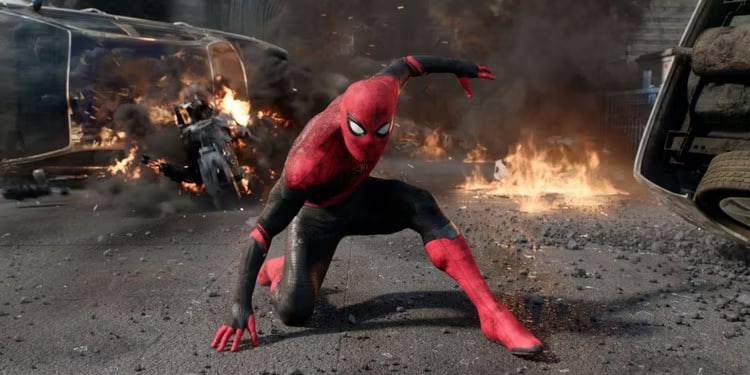
Spider-Man is considered one of Marvel’s best characters, and one of the best superheroes of all time. He’s been in everything from cartoons to comics, and had two successful film series before joining the MCU. Tom Holland played the MCU Peter Parker perfectly because he understood Peter’s weaknesses. The MCU Spider-Man made heartbreaking mistakes, showed fear, and learned lessons the hard way.
This worked well because Peter was just a teenager learning about the great responsibility that came with great power. In light of Spider-Man’s most recent controversial runs, the MCU Spider-Man reminded fans of the humanity and pathos Spider-Man could and should embody. And it did it all in the wake of both Andrew Garfield’s and Tobey Maguire’s previous takes on the character. Bringing them together in Spider-Man: No Way Home was the ideal way to demonstrate how much Holland’s version had grown into his own.
The MCU Revealed Multiple Sides of The Hulk
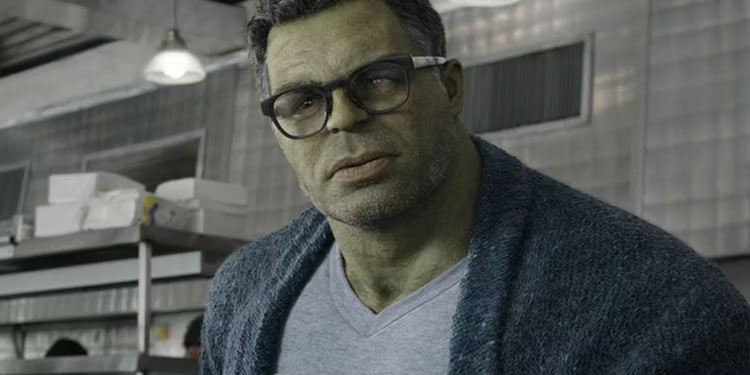
On the heels of Iron Man’s success, TheIncredible Hulk was released, starring Edward Norton as the Hulk. While it wasn’t a bad movie, it also didn’t impress fans. Norton was replaced by Mark Ruffalo in 2012’s The Avengers, which became the most iconic version of the most brutal Avenger ever put to film. Not only were the character’s tragedy, rage, and humor perfectly encapsulated here, but special effects technology finally made his shift between scientist and monster credible.
Since then, the Hulk’s CGI has improved, he became a vital part of the MCU, and Ruffalo’s performance became a fan favorite. Ruffalo’s version of Banner and the Hulk was also more sympathetic and human than the comics. Banner and Hulk reconciling to become “Smart Hulk” divided fans, but it undoubtedly led to a new, more optimistic take on the Green Goliath
Namor The Sub-Mariner Had a Compelling Origin Story
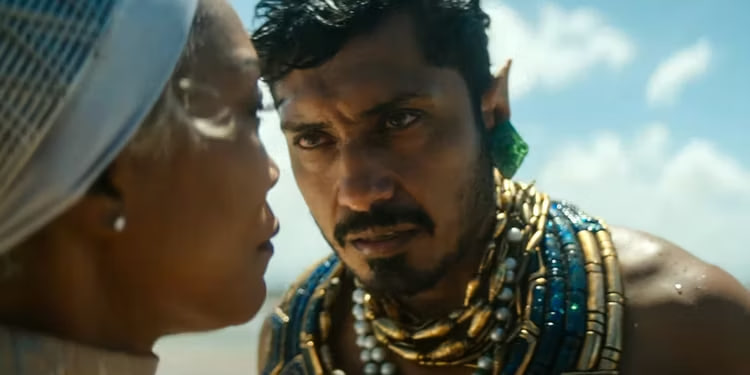
Namor’s character had to be streamlined quite a bit for the MCU, but pound for pound, Namor was doing better than ever as a thought-provoking and sympathetic antagonist. He was envisioned as T’Challa’s and Shuri’s foil: a warrior-king who fiercely guarded his people in the underwater kingdom of Talokan against colonialism.
Namor had a tragic and heartfelt backstory, a visually dazzling costume, and actor Tenoch Huerta at his best. The comic Namor was just as antagonistic as his MCU counterpart, but he wasn’t this complex and interesting. In the comics, Namor was a villain and an annoyance to many heroes. The MCU turned him into a credible antagonist and anti-hero, and as the saga moves forward, it may come to depend on him more and more.
Nebula Became the MCU’s Definitive Anti-Hero
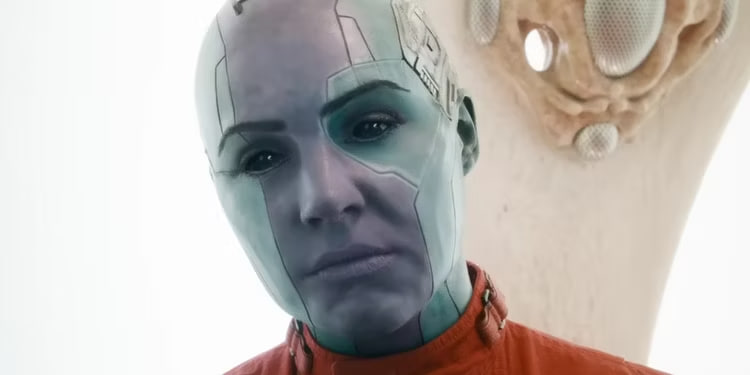
Before Guardians of the Galaxy, Nebula was a villain who almost nobody cared for. She was a space pirate who was more of a nuisance for The Avengers and Marvel’s cosmic heroes than a well-defined foe. But in the MCU, Nebula became a full-fledged character and one of Marvel’s most compelling villains. Nebula even got a heartfelt redemption arc.
The MCU Nebula was now Thanos’ daughter. She was forcibly trained to become his ruthless servant, and she harbored a violent vendetta against Gamora for “hoarding” Thanos’ approval. During her time in the MCU, Nebula outgrew her bloodlust, reconciled with her sister, and became a Guardian of the Galaxy and one of Earth’s heroes.
Loki Seized His Destiny in The Perfect Way
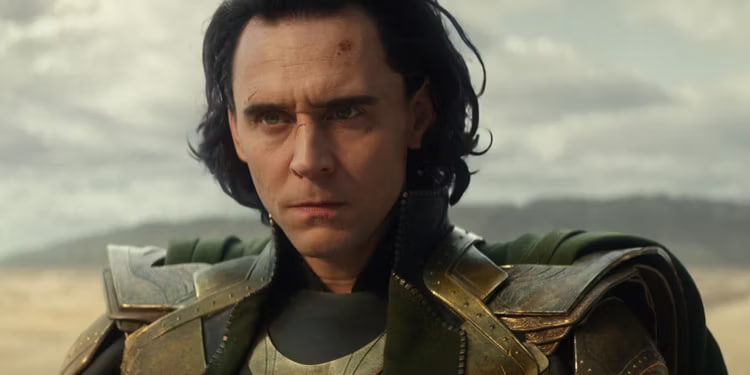
The original Loki in the comics had his merits, including his wide variety of disguises, his raw mystical power, and his history as one of Marvel Comics’ first true supervillains. Ultimately, though, the MCU Loki was a far more interesting and personable character, and he was the Loki who moviegoers cared about. He became a rare standout among villains in the franchise’s early years, but that was only the first step on what became a decade-long path of redemption.
The MCU’s Loki has a fascinating reformation arc, going from Phase 1’s bratty villain to the mature rogue who stood up to Thanos on Thor’s behalf. The God of Mischief was so popular and compelling that his redemption arc was continued in his own Disney+ TV show, where he finally found the wisdom and maturity to rule most unexpectedly. This would never have happened for a purely evil and untrustworthy heel like the comic Loki.
Tony Stark Joined the Marvel A-List, Thanks to Robert Downey, Jr.
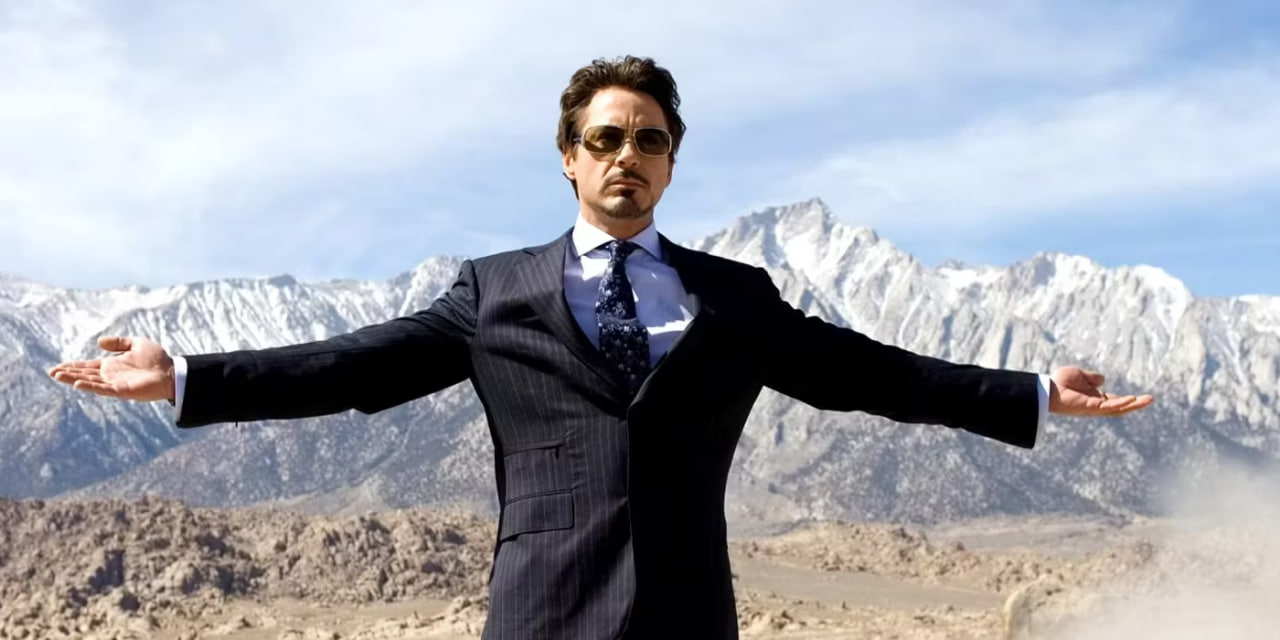
In Marvel Comics, Tony Stark was a gruff antihero who was even less likable than his MCU counterpart. For a time, Iron Man wasn’t a marquis Marvel character, even if he was a founding Avenger. Before the Civil War turned him into Marvel’s most hated hero, Tony was little more than The Avengers’ benefactor and resident celebrity. The MCU transformed Tony Stark with Robert Downey Jr.’s legendary performance.
Now, Iron Man was a hilarious, charming, but (most importantly) flawed hero. He could be crude, but he genuinely tried to do the right thing. Tony matured into the hero he was always meant to be across the MCU, in ways his braggart comic self never did. His arc included his rivalry-turned-friendship with Captain America, his romance with Pepper Potts, making peace with his father, and making the ultimate sacrifice to beat Thanos once and for all.

